If a light tower fails during an emergency or construction job, it can cost more than time—it can cost lives. But most of these problems are easy to avoid.
To safely set up and operate a portable LED light tower1, you need to check the site, stabilize the base, follow electrical safety rules2, and inspect your equipment before and after use.
[^1] safety [portable LED light tower](https://moonlightia.com/top-features-to-look-for-in-a-portable-light-tower-power-setup-safety/)[^1] safety](http://moonlightia.com/wp-content/uploads/2023/06/techno-power.png)
Whether you're lighting up a roadside site or responding to an emergency in the dark, you don’t get a second chance with safety. I’ve seen how a single shortcut can ruin an operation. So I always follow these core practices. And I recommend you do the same.
How to Choose a Safe Setup Spot?
Putting your tower in the wrong place can lead to tipping, glare, or even electrocution. That’s why site selection3 isn’t just step one—it’s the most important step.
Always place your portable LED light tower1 on a flat, solid surface, away from overhead lines, vehicle paths, and high-traffic zones.

I usually start by walking the site with a flashlight at night to look for hazards. Mud, sloped ground, and loose gravel are all warning signs. I also check for tree branches or wires overhead. If there's any chance the tower could be bumped or hit by equipment, I mark out a safety perimeter4. Never assume it’s “probably fine.” I’ve seen towers tip over from minor slopes or sudden wind gusts.
| Unsafe Locations | Safe Locations |
|---|---|
| Slopes or soft ground | Flat, compacted soil |
| Near power lines | Clear of overhead hazards |
| In traffic paths | Outside active work areas |
How Should You Stabilize the Light Tower?
A light tower is only as safe as its base. Even a small lean can lead to collapse under stress.
Use all stabilizers and outriggers5, secure them on firm ground, and double-check leveling before extending the mast.
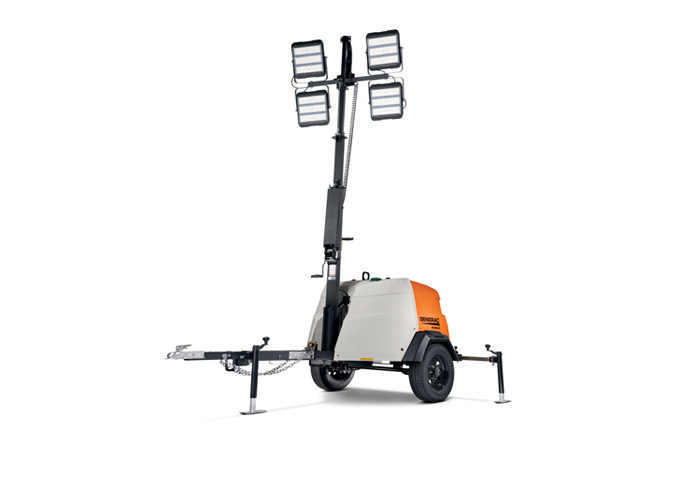
I never skip the leveling step. I use the built-in bubble level or a small level tool. If the ground isn’t flat, I’ll dig or use blocking pads to even it out. I also apply pressure to each outrigger to make sure it's fully locked. Some contractors skip the side arms to save time—don’t. One windy night on a highway job, a light tower fell toward a lane of traffic. It had been set without full stabilization. That was the last time I saw anyone skip that step.
What Should You Check Before Powering On?
Powering on before inspection is like driving without checking your brakes. One hidden fault can cause failure, fire, or injury.
Inspect the fuel, cables, lights, and control systems before use, and repair or replace any worn or damaged parts.
[^6] light tower [pre-operation checklist](https://moonlightia.com/the-complete-checklist-for-balloon-light-specifications-for-safe-night-operations/)[^6]](http://moonlightia.com/wp-content/uploads/2023/06/shaktiman.jpeg)
I’ve made it a habit to check the wiring first. Cracks in insulation or exposed copper are major red flags. Next, I check fuel and oil levels. I’ve also found that many LED towers can suffer loose light panel bolts, which cause shaking or misalignment. I go around with a wrench before every shift. My rule is: if you wouldn’t trust it on a helicopter, don’t trust it in the dark on a job site.
| Checkpoint | What to Look For |
|---|---|
| Electrical wiring | Fraying, exposure, burning smell |
| Fuel & oil | Proper levels, no leaks |
| Lighting head | Tight bolts, even distribution |
| Control box | Functional buttons, indicators |
How to Position Light for Maximum Safety?
Even with stable footing, poor lighting direction6 causes glare and shadows—two common causes of worksite accidents.
Angle the lights upward or sideways, never directly at eye level; adjust beam height to minimize shadows and glare.

Glare is the enemy. I’ve worked fire scenes where direct beams blinded drivers. I learned to aim lights slightly above or to the side of the work zone. Inflatable LED towers are great here—they give a 360° glow with no sharp beams. If I use directional panels, I walk 50 feet back to check for glare. I also avoid pointing lights toward roads, homes, or reflective surfaces.
What About Weather and Wind?
Weather changes fast, and light towers are tall, heavy, and exposed. Ignoring weather risk7 is dangerous.
In winds over 40 km/h or during heavy rain, lower the mast, secure the tower, or stop using it altogether.

One stormy night, I was working on a highway bypass when a gust of wind knocked a metal tower sideways. Luckily, no one was close. That’s when I began following wind limits strictly. Many towers list max wind speed in their manual. I always bring extra tie-downs and ground stakes. And I carry a digital wind meter now—cheap and worth every cent.
How Can You Stay Safe Around Cables and Connections?
Loose cables cause trips. Damaged ones cause shocks. And overloaded ones cause fires.
Keep all cables coiled neatly, covered from traffic, and never overload circuits. Use waterproof covers for all outdoor connections.
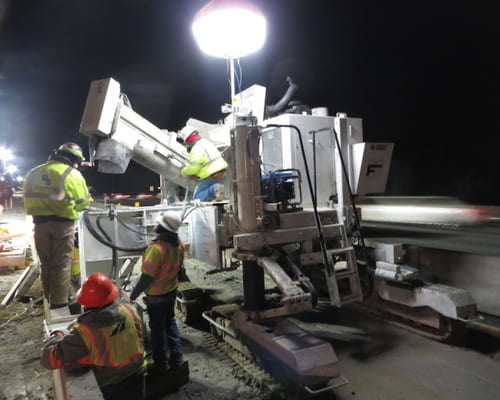
I tape down cables across walkways and protect them with mats. I use cable ties to organize loops, and I always use rated outdoor extension cords. I also keep all connections elevated off wet ground. I once saw a crew lose a $5,000 tower due to a short caused by a puddle. Don’t make that mistake.
Why Are LED Light Towers Safer?
Not all light towers are built equal. Traditional ones are heavy, hot, and energy-hungry. LEDs offer major safety upgrades8.
LED light towers9 run cooler, draw less power, and provide glare-free lighting, which reduces both fire risk and eye strain.
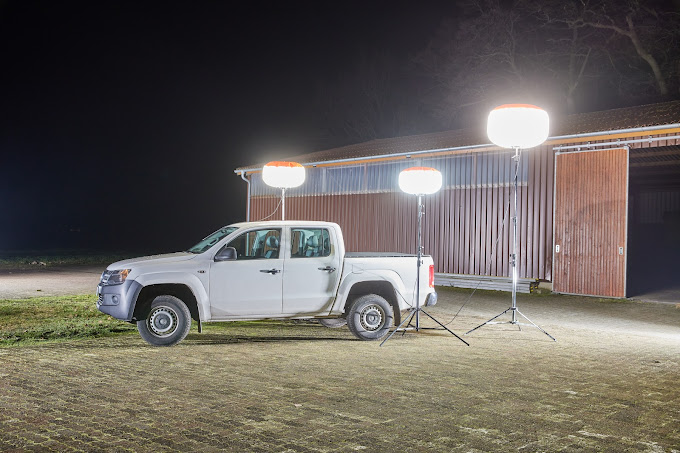
I’ve switched to LED for most jobs. The instant-on feature alone is a lifesaver in rescue ops. I also like that they don’t heat up like metal halide models, which reduces burn risks. Plus, most inflatable LED towers10 offer 360° coverage with no shadows, and they’re easier to deploy in tight spaces.
| Feature | Traditional Towers | LED Towers |
|---|---|---|
| Heat Output | High | Low |
| Energy Use | High | Low |
| Start-up Time | 5–15 min | Instant |
| Glare | High | Low/None |
How Often Should You Inspect Your Tower?
Waiting for failure is costly. Regular checks catch problems early and keep your tower running safely.
Inspect before and after every use, and do a full monthly maintenance check11 following the manufacturer’s guide.
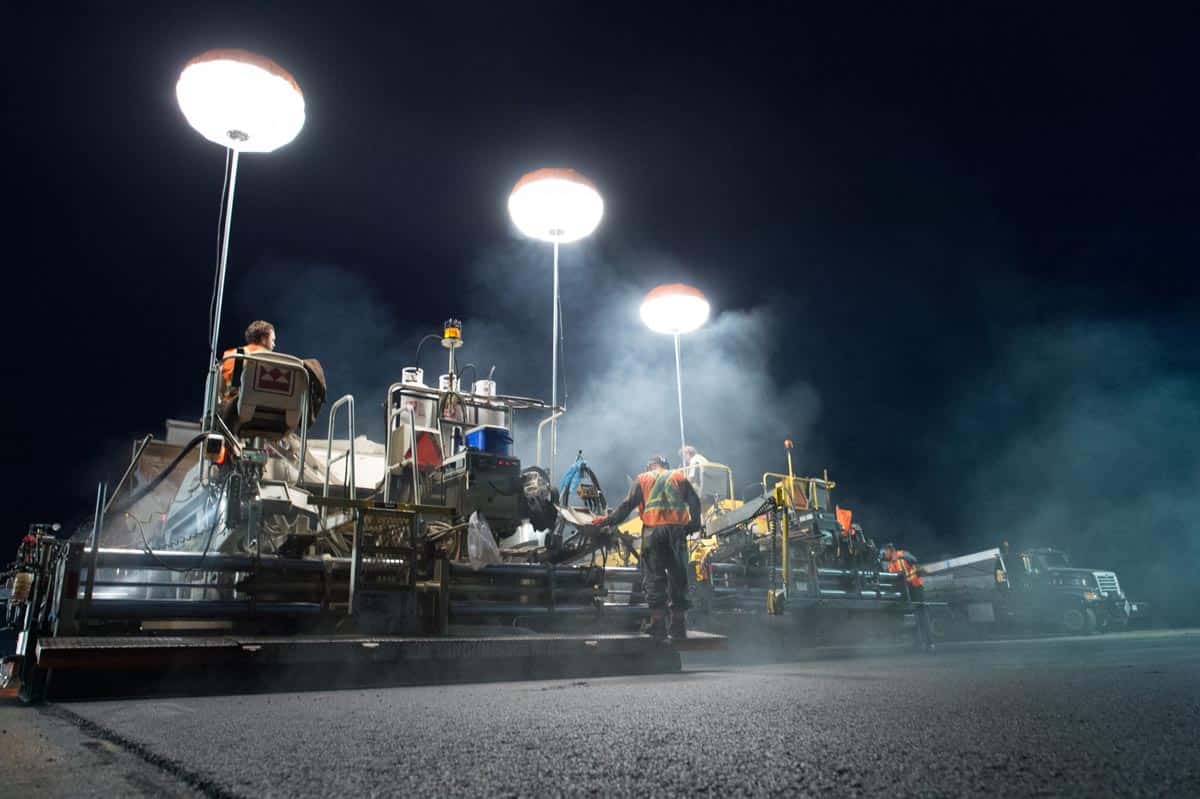
Every Monday, I run a full check on each unit. I inspect seals, bolts, lights, battery levels, and control responses. I log everything. Even when a tower hasn’t been used much, time can wear down parts. Moisture, vibration, and even UV damage take their toll. A five-minute check saves hours of downtime later.
Can You Train Staff Without Complex Manuals?
A trained team is safer. But no one reads dense manuals. So we use short checklists and hands-on demos.
Use visual guides, real-life practice, and 5-minute toolbox talks to train staff on setup, operation, and emergency shutdown12.

I made a laminated card for each tower with diagrams and color codes. We use it every time we assign a unit. It shows “do this, don’t do that” in simple terms. We also run monthly drills where we set up, break down, and simulate faults. If everyone can fix a jammed mast or a tripped breaker, we avoid downtime and panic.
What Backup Systems Should You Have?
Even the best light towers can fail. Power loss or damage can happen. A backup plan avoids chaos.
Always have a secondary lighting option, such as a battery-powered LED floodlight or a spare tower unit.
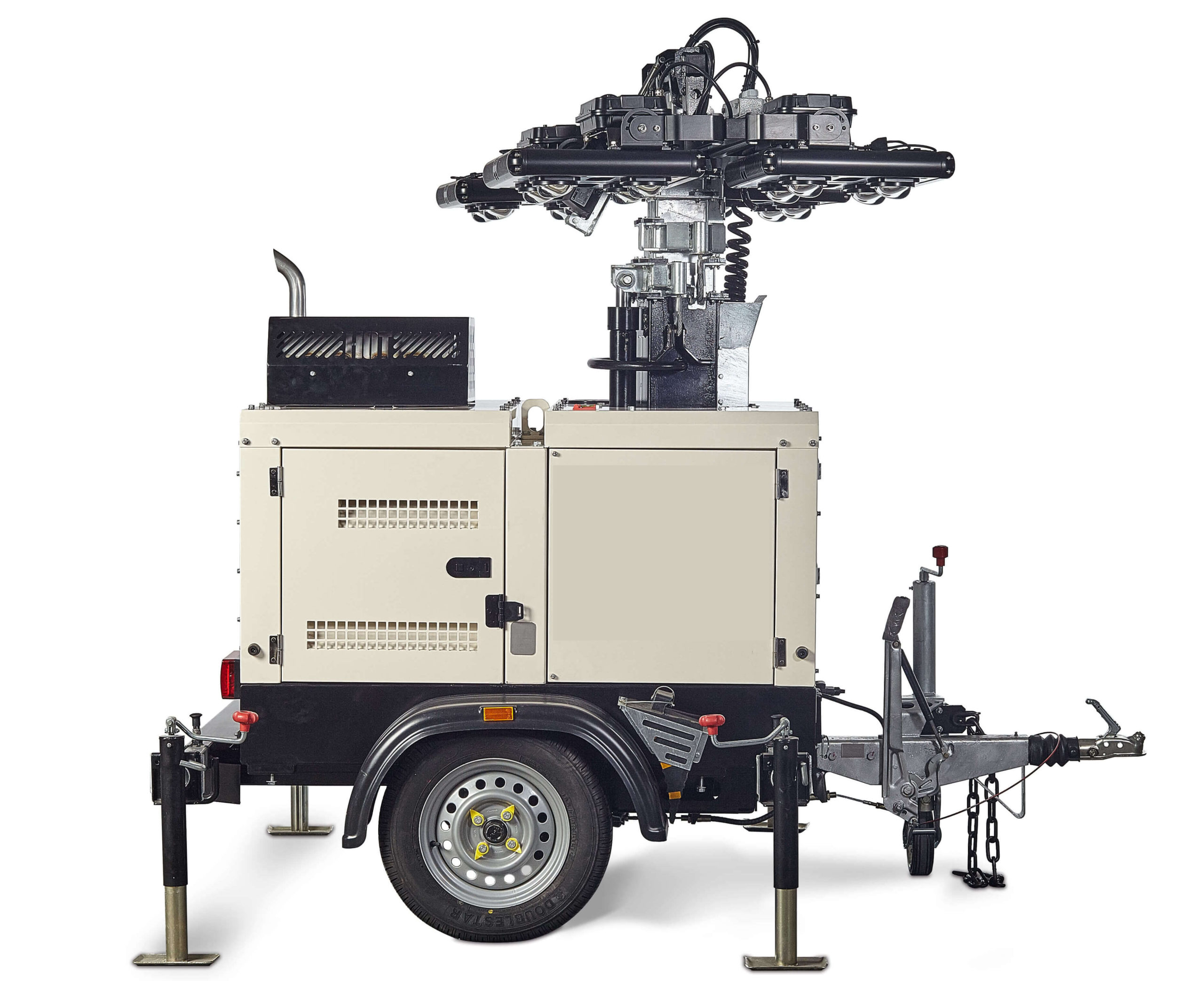
In critical rescue scenes, I always deploy a second light source. Even if the main tower works fine, having a backup gives peace of mind. For roadwork, I keep a battery tower or balloon light ready. In events, I set up solar-powered floodlights on the edges. When one fails, the other keeps things safe.
Conclusion
Safety starts with setup. And ends with attention to detail. With the right habits, every light tower can shine without risk.
-
Explore the advantages of portable LED light towers for safety and efficiency in various applications. ↩ ↩
-
Understand the vital electrical safety rules to follow when using light towers to avoid hazards. ↩
-
Learn the critical factors in site selection to ensure safety and stability for light towers. ↩
-
Discover how to create a safety perimeter to protect workers and equipment around light towers. ↩
-
Discover essential tips for stabilizing light towers to prevent accidents and ensure safety. ↩
-
Learn effective techniques for positioning lights to enhance visibility and safety on job sites. ↩
-
Explore the impact of weather conditions on light tower safety and operation. ↩
-
Learn about the significant safety upgrades that LED light towers provide over traditional options. ↩
-
Learn why LED light towers are a safer and more efficient choice for lighting needs. ↩
-
Explore the advantages of inflatable LED towers for versatile and safe lighting solutions. ↩
-
Find out the key components to inspect during monthly maintenance checks for light towers. ↩
-
Understand the critical steps for safely shutting down light towers in emergencies. ↩




